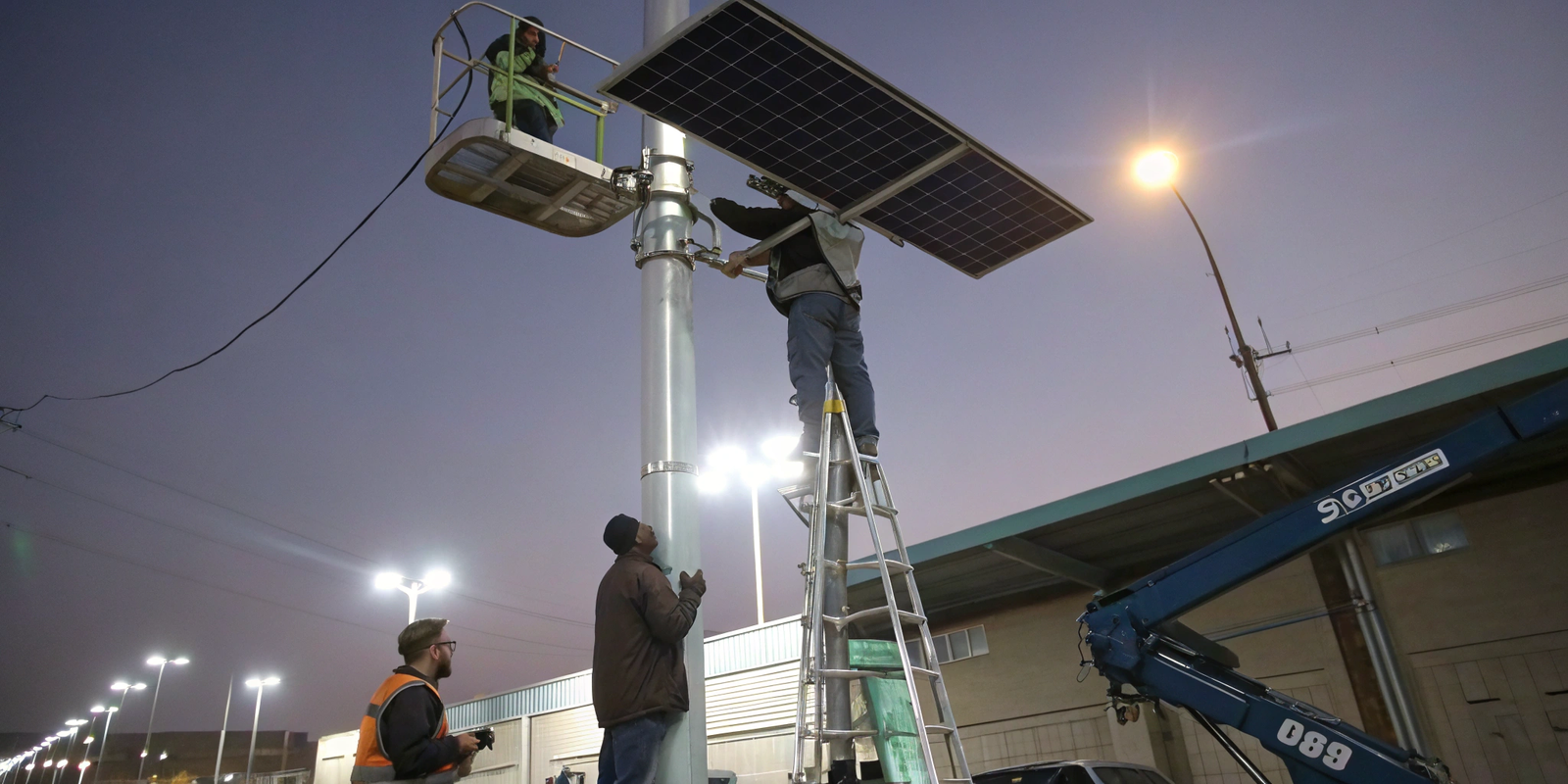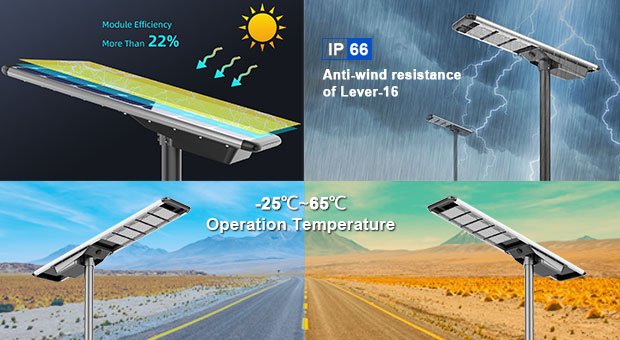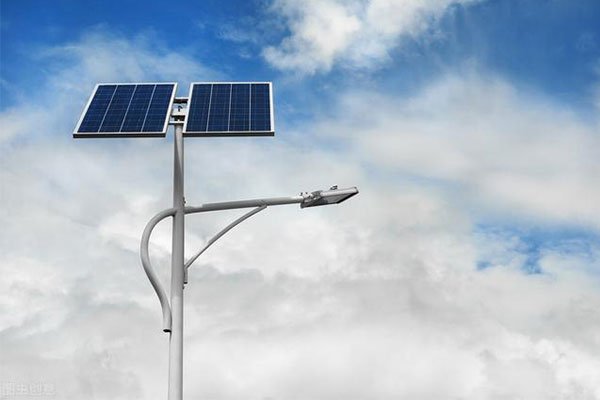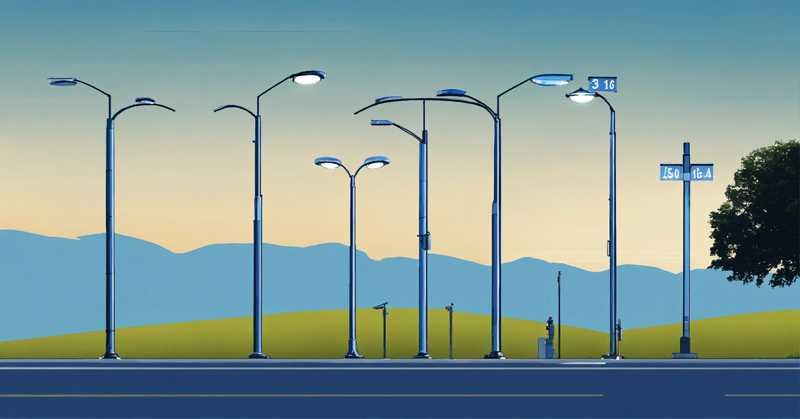Solar street lights have become a preferred choice for outdoor lighting due to their energy efficiency and sustainability. However, the choice of material—aluminum or ABS plastic—significantly impacts their durability, cost, maintenance, and performance.
This comprehensive guide will compare ABS (plastic) and aluminum solar street lights to help you determine the best option for your project.
1. Introduction
Solar street lights are widely used for public and private lighting applications, including roadways, parking lots, parks, and residential areas. Selecting the appropriate material for the lamp housing and pole is critical to ensuring long-term efficiency and reliability.
The main factors influencing the choice between aluminum and ABS plastic are:
- Durability and longevity
- Cost-effectiveness
- Maintenance requirements
- Weight and ease of installation
- Environmental impact
- Aesthetic appeal and design flexibility
Now, let’s break down the differences between these two materials.
2. Durability and Longevity

2.1 Aluminum Solar Street Lights
- Corrosion-resistant and rust-proof – Ideal for coastal and humid regions.
- Stronger than plastic – Withstands harsh weather conditions, including storms and extreme temperatures.
- Longer lifespan – Typically lasts 10-20 years with minimal maintenance.
- Better impact resistance – Less likely to crack or break from external forces.
2.2 ABS Plastic Solar Street Lights
- Less durable – Prone to cracking, especially in extreme weather conditions.
- UV degradation – Long-term exposure to sunlight can cause fading and brittleness.
- Limited impact resistance – Can be reinforced with fiberglass, but still weaker than aluminum.
- Lower lifespan – Typically lasts 3-8 years, depending on environmental exposure.
📌 Verdict: Aluminum is the superior choice for long-term durability and harsh environmental conditions, while ABS is better suited for mild climates and short-term installations.
3. Cost Considerations
3.1 Aluminum Solar Street Lights
- Higher initial cost due to material expense and complex processing (casting, extrusion, etc.).
- Long-term cost savings from durability and lower maintenance requirements.
- Higher resale value due to recyclability and premium material.
3.2 ABS Plastic Solar Street Lights
- Lower upfront cost, making them ideal for budget-conscious projects.
- Higher long-term costs due to frequent replacements and maintenance.
- Lower resale value, as plastic degrades faster than metal.
📌 Verdict: If you are looking for a short-term, low-cost solution, ABS plastic is a viable choice. However, aluminum provides better long-term value.
4. Maintenance Requirements
4.1 Aluminum Solar Street Lights
- Minimal maintenance needed due to its corrosion resistance and structural stability.
- Ideal for remote areas where maintenance is difficult.
- Surface coatings (powder coating/anodization) further extend longevity.
4.2 ABS Plastic Solar Street Lights
- Requires frequent cleaning to remove dirt, dust, and UV discoloration.
- More susceptible to cracking, requiring periodic inspections and possible replacements.
- Prone to degradation in extreme weather, increasing long-term maintenance costs.
📌 Verdict: Aluminum requires significantly less maintenance compared to plastic.
5. Weight and Installation

5.1 Aluminum Solar Street Lights
- Lightweight compared to steel, making installation easier.
- Lower shipping and handling costs compared to traditional steel poles.
- Strong enough to support larger solar panels and batteries.
5.2 ABS Plastic Solar Street Lights
- Extremely lightweight, making it easier to transport and install.
- Can be installed on thinner poles, but may require reinforcement in windy areas.
- More vulnerable to high wind speeds and accidental impacts.
📌 Verdict: ABS is easier to transport and install, but aluminum offers better structural stability.
6. Environmental Impact
6.1 Aluminum Solar Street Lights
- 100% recyclable and environmentally friendly.
- More energy-efficient to produce compared to plastics.
- Longer lifespan reduces material waste over time.
6.2 ABS Plastic Solar Street Lights
- Some plastics are recyclable, but the process is less efficient than aluminum.
- Higher environmental footprint due to reliance on fossil fuel-based production.
- Shorter lifespan results in more frequent replacements and waste.
📌 Verdict: Aluminum is the more eco-friendly and sustainable option.
7. Aesthetics and Design Flexibility

7.1 Aluminum Solar Street Lights
- Sleek and modern designs with anodized or powder-coated finishes.
- More premium appearance suitable for urban environments.
- Can be customized into different shapes and styles.
7.2 ABS Plastic Solar Street Lights
- Available in a variety of colors and designs.
- Easier to mold into different shapes, making it ideal for decorative applications.
- May not offer the same high-end look as aluminum.
📌 Verdict: Aluminum provides a more premium and professional aesthetic, while ABS offers more color and shape customization.
8. Best Use Cases: When to Choose Each Material
8.1 Ideal Scenarios for Aluminum Solar Street Lights
✔ Coastal areas or regions with high humidity and salt exposure.
✔ Urban settings where aesthetics and longevity matter.
✔ Locations with extreme weather conditions (heavy rain, storms, heat, snow).
✔ Long-term projects requiring minimal maintenance.
8.2 Ideal Scenarios for ABS Plastic Solar Street Lights
✔ Temporary or semi-permanent installations (e.g., event lighting).
✔ Areas with mild weather and low environmental stress.
✔ Budget-conscious projects with lower upfront costs.
✔ Locations with higher theft or vandalism risk, where frequent replacement is expected.
9. Conclusion: Making the Right Choice
Choosing between aluminum and ABS plastic solar street lights depends on key factors like durability, cost, maintenance, weight, and environmental impact.
Key Takeaways:
✅ Aluminum is the best choice for long-term installations, extreme weather conditions, and low maintenance.
✅ ABS plastic is more affordable upfront, easier to install, and works well for temporary setups or mild climates.
Before making a decision, assess your project’s needs, budget, and location to determine the best material for your solar street lights.
Which type of solar street light do you prefer? Let us know in the comments!







